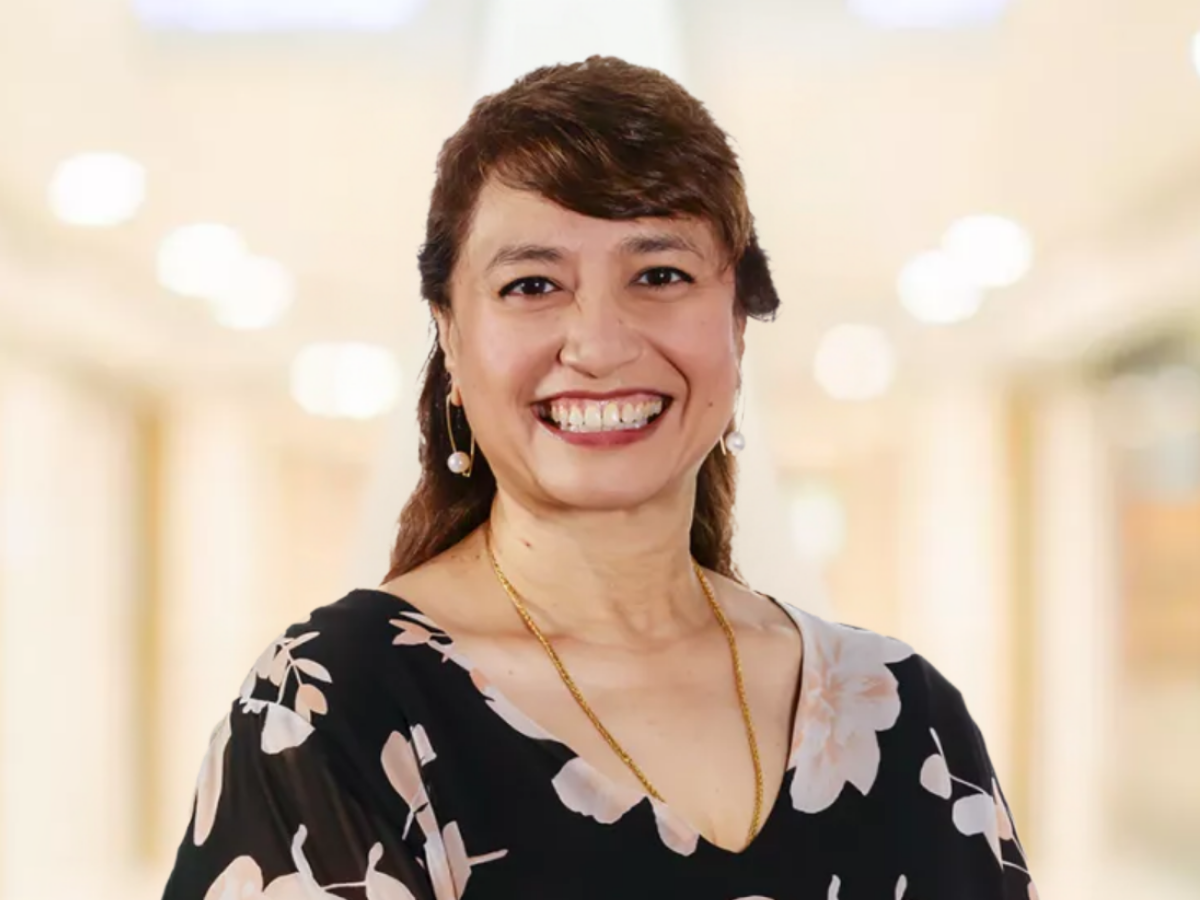Albany & Westchester Clinic Conversions: Enhancing Research Diversity
The COVID-19 pandemic highlighted and reinforced the need for patient diversity in clinical trials when enrollment into pivotal vaccine trials was paused to recruit participants from minority communities. The study population needed to represent the population at large, who would ultimately receive the vaccines. The question of balance in representation is not commonly stated in the inclusion/exclusion criteria in trials, but it can have a profound effect on study success in predicting treatment outcomes.
As we consider the impact of diversity on clinical trial outcomes, we must look beyond gender and race and include the socioeconomic, cultural, religious and geographic factors contributing to the overall research availability, patient preference for treatment and treatment outcome. Bringing clinical research to the proximity of patients in need also helps in improving underserved population recruitment. Trial availability can be increased by expanding the footprint of clinics performing studies and making them less dependent on brick and mortar locations through decentralized clinical trial (DCT) methodologies.
In addition to our network of dedicated clinical research sites, The IMA Group has 110+ wholly owned clinics in forty states, staffed by 2,000+ medical professionals that see 10,000+ unique patients a week for independent medical examinations. Our flexible infrastructure makes our business relevant to delivering office-dependent, hybrid and DCT trial designs. In our Clinical Research division, we’re taking a closer look at existing corporate clinic locations and the characteristics of surrounding populations as we evaluate where we should expand our service offering to deliver impactful research to the communities we serve.
In response to a need for more diversity and the pharmaceutical industry’s interest in identifying new places to conduct research, we recently expanded our Albany and Westchester, NY, facilities to be research-ready to tap into an even more diverse patient population from varying socioeconomic backgrounds in the city and surrounding regions. In three weeks, we executed a re-design, had pre-study visits and were awarded our first studies. In selecting these locations, we evaluated essential demographics, cultural features and key socioeconomic factors. We considered patient travel times, ease of access and potentially competitive regional research interests before final site selections.
The teams involved in site selection and facility transformation demonstrated their research knowledge and operational expertise in laying out a design that works for both patients and staff. We’re very pleased with the agility and cooperativity at the corporate level that helped us complete the transition in record time. We now have two new sites with enhanced diversity that include both metropolitan and rural representation.
Considering the breadth of our operational footprint, we foresee our existing offices supporting a proximal population of about fifty million people, which can significantly impact access to research diversity. We’re anticipating similar clinic conversions in several other locations this year. We’re also excited to use our partner’s hybrid and DCT methodologies to bring research to many other patients in need.
Learn more about IMA Clinical Research’s offering and flexible trial delivery method. Contact us to discuss.




